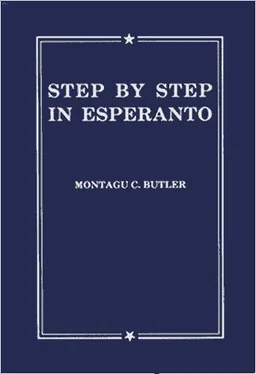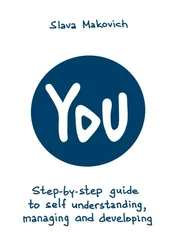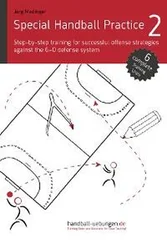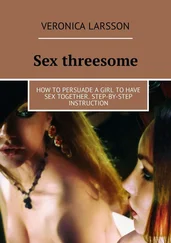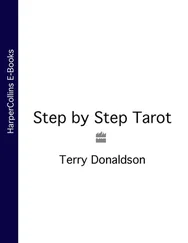FOR THE TEACHER— Instruction on the vowel-sounds must be adapted to the local pronunciation of English. This varies so much, that an explanation which is helpful and necessary in one part of England may be useless or misleading in another.
The Esperanto eand oare heard in the Italian re, do , as sung by a good singer on a prolonged note. In Southern England pure eand ohardly exist, and the vowel-sound in the words may, ray , if analysed, is found to consist of eglided into a short i(as in it ), and that in the words go, doh , to consist of oglided into a short oo (as in look ). The Esperanto eand oare these initial vowels without the final glide. The glides heard in the words may go of Southern English would be represented in Esperanto spelling by mej goŭ .
The difficulty lies not in Esperanto, but in English, and faces the English learner of any foreign language. But whereas in other languages small variations of vowel-sound may render the speaker unintelligible, in Esperanto the five vowels are so widely distinct that even at the worst the risk of misunderstanding is negligible. But a careless beginner from London might be told: “I can guess you are English, because your vowels are not pure”.
In theory, each vowel has a uniform pronunciation, and an effort should be made to attain this. In practice, however, in Esperanto as in other languages, certain consonants (notably “r”) inevitably influence the vowels they follow; moreover, in rapid speech the vowels tend to become shorter— e,for example, may sound almost as in met; ias in bit; and uas in good.
To pronounce dolorowith the three sounds doll-law-roe , or with the glides heard in dough-law-roe , would be incorrect. An approximation (for a Londoner) is daw-law-raw , said lightly.
FOR PHONETICIANS. — The corresponding symbols of the International Phonetic Association are: a, e, i, o, u(cardinal vowels). In practice, the sounds of a, e, o,may vary between [a] and [ɑ], between [e] and [ɛ], and between [o] and [ɔ], respectively.
Patro, a father; la patro,( my ) ( our) father. In such cases lamay be used for my, our, his, her , etc., as shown by the context.
Pronounce both letters: ak-vo.Cp. dar k volume, loo k vain.
Here the word there does not mean “in that place” (27): it serves merely to prevent the sentence sounding like a question.
In Esperanto there is no letter x. The English x is transcribed by ks.(But ex- before a vowel becomes ekz-.E.g., ekzameno).
KN.Sound each letter, as in pi cnic, te chnical, Lu cknow, loo k nice.
Words like pantalono, a pair of trousers; tondilo, a pair of scissors; bilardo, billiards; fiziko, physics; matematiko, mathematics; politiko, politics are singular: each word names one thing only.
Infanoj,(like brethren in “Dearly beloved brethren” ) may include both sexes: the one embraces the other!
Following international custom, it is usual to say S‑ro Bfor Mr. B , married or single; but to call a lady S‑ino( Mrs. ) or F‑ino( Miss ), as the case may be. Like lady in English, however, the word sinjorinodoes not necessarily mean a married lady.
It would be logical and correct to say Kioj estas kokinoj? (or even Kioj estas tioj?). But the singular form ( Kio) is usual.
NG, NK.Each letter should be sounded separately: NGas in su n-god, not as in hunger , nor as in singer; NKas in ma n-kind, pi n-cushion , not as in tinker. Thus: An-glo, on-klo, dan-kon, ben-ko,etc. Nevertheless, the palatalization of these sounds, though better avoided, is not a serious fault.
Two formulae are especially useful.
THE CSEH FORMULA. Ĉu A? (Ne, Ne A, B ). E.g., Ĉuvi estas Belgo? ( Ne,mi neestas Belgo, mi estas Anglo). ( Alternative reply: Ne, mi estas Anglo, ne Belgo).
THE PALMER FORMULA. 1: Ĉu A? (Jes) 2: Ĉu B? (Ne) 3: Kio? (A). 4: Subject of question 1? 5: Question on related circumstance .
Answer 1 is Jes.Answer 2 is Ne.Answer 3 repeats 1. Answer 4 repeats the subject. Question 5 starts a new series.
| Ĉuakvo estas fluido? |
ĈuBill staras? |
| Jes, ĝi estas fluido. |
Jes, li staras. |
| Ĉuĝi estas solido? |
Ĉuli sidas? |
| Ne, ĝi ne estas solido. |
Ne, li ne sidas. |
| Nu! Kio ĝi estas? |
Kion do li faras? |
| Ĝi estas fluido. |
Li staras. |
| Kio estas fluido? |
Kiu staras? |
| Akvo estas. |
Bill. |
Atendas, waits; atentas, pays-attention, minds, heeds.
A single member of the avian race
That the prehensile digits fast embrace
The mercantile equivalent achieves
Of two at large amid arboreal leaves.
Note, however, that (like the corresponding wh- words, who, where , etc., in English) the K-words do not always ask questions.
Modern usage: «Himalajo estas montaro». ( Publisher’s Note. )
Either a national form ( Thomas, Mary, Bristol, Butler ), or an Esperanto form ( Tomaso, Mario, Bristolo, Butlero) may be used according to taste and circumstance. Thus: Jan, Ian , Johann, John, Jean, or Johano: James, Jim , or Jakobo; Harry, Henri , or Henriko; Thames or Tamizo.Names that are common or international are generally Esperantized: e.g., land-names, and capitals. But not Aŝbi-de-la-Zuŝo! For abbreviations like Ned, Polly , see 1176.
See footnote [20] above.
Pronounce -aas ah, not as er. E.g., do NOT pronounce suna, obea( =sunny, obedient ) like sooner, obeyer. Do not add an “r”before a vowel. E.g., do NOT say nova rombrelo, bela ramikino! (17).
Читать дальше
